You are currently viewing SemiWiki as a guest which gives you limited access to the site. To view blog comments and experience other SemiWiki features you must be a registered member. Registration is fast, simple, and absolutely free so please,
join our community today!
AI is quickly becoming the new killer app and everyone is piling on board as fast as they can. But there are multiple challenges for any would-be AI entrepreneur:
- Forget about conventional software development; neural nets require a completely different infrastructure and skill-sets
- More and more of the interesting opportunity
…
Read More
Deep learning, modeled (loosely) on the way living neurons interact, has achieved amazing success in automating recognition tasks, from recognizing images more accurately in some cases than we or even experts can, to recognizing speech and written text. The engineering behind this technology revolution continues to advance… Read More
Once in a while I like to write on a fun, off-beat topic. My muse today is analog computing, a domain that some of us antiques in the industry recall with fondness, though sadly in my case without hands-on experience. Analog computers exploit the continuous nature of analog signals together with a variety of transforms to represent… Read More
HLS Risingby Bernard Murphy on 12-26-2017 at 7:00 amCategories: EDA, Siemens EDA
No-one could accuse Badru Agarwala, GM of the Mentor/Siemens Calypto Division, of being tentative about high-level synthesis. (HLS). Then again, he and a few others around the industry have been selling this story for quite a while, apparently to a small and not always attentive audience. But times seem to be changing. I’ve written… Read More
Aldec continues to claim a bigger seat at the table, most recently in their attendance at SC17, the supercomputing conference hosted last month in Denver. I’m really not sure how to categorize Aldec now. EDA company seems to miss the mark by a wide margin. Prototyping company? Perhaps, though they have a much stronger focus on end-applications… Read More
I attended Oski’s latest Decoding Formal event a couple of weeks ago and again enjoyed a largely customer-centric view of the problems to which they apply formal, and their experiences in making it work for them (with Oski help of course). From an admittedly limited sample of two of these events, I find them very representative of… Read More
Unless you have been living in a cave for the last several years, by now you know that “Shift Left” is a big priority in product design and delivery, and particularly in verification. Within the semiconductor industry I believe Intel coined this term as early as 2002, though it seems now to be popular throughout all forms of technology… Read More
Automotive applications are one of the hottest domains today in semiconductor design. We’re bombarded daily with articles on new hybrids, electric cars, ADAS and autonomous cars, trucks and busses. All of these applications are certainly amazing, but the devices that make them work still have to deal with the same old challenges,… Read More
Given that SoC design today is predicated on IP reuse, you would assume that processes to deliver, maintain and communicate status on reusable IP should be highly optimized. But that’s not necessarily the case, especially when so many design companies have consolidated, each brings its own IP libraries, design flows, license… Read More
I think most of us have come to terms with the need for multiple verification platforms, from virtual prototyping, through static and formal verification, to simulation, emulation and FPGA-based prototyping. The verification problem space is simply too big, in size certainly but also in dynamic range, to be effectively addressed… Read More


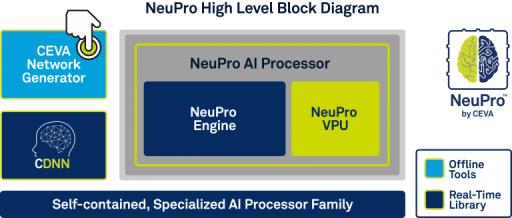
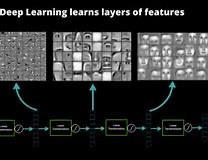

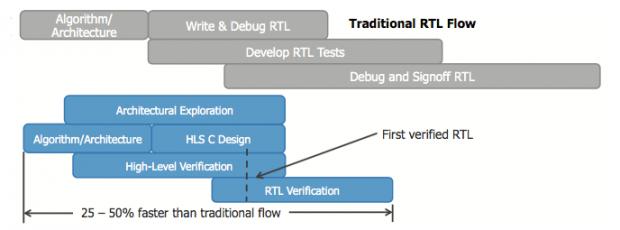
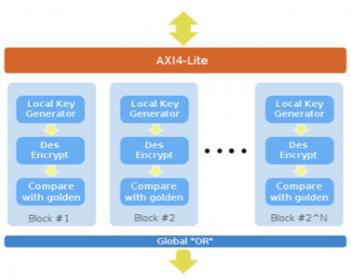

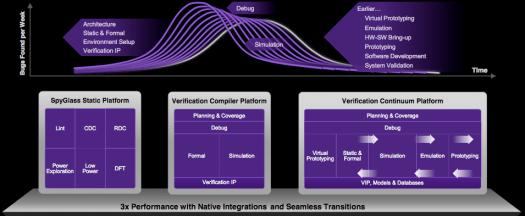


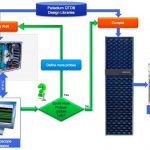







The Quantum Threat: Why Industrial Control Systems Must Be Ready and How PQShield Is Leading the Defense